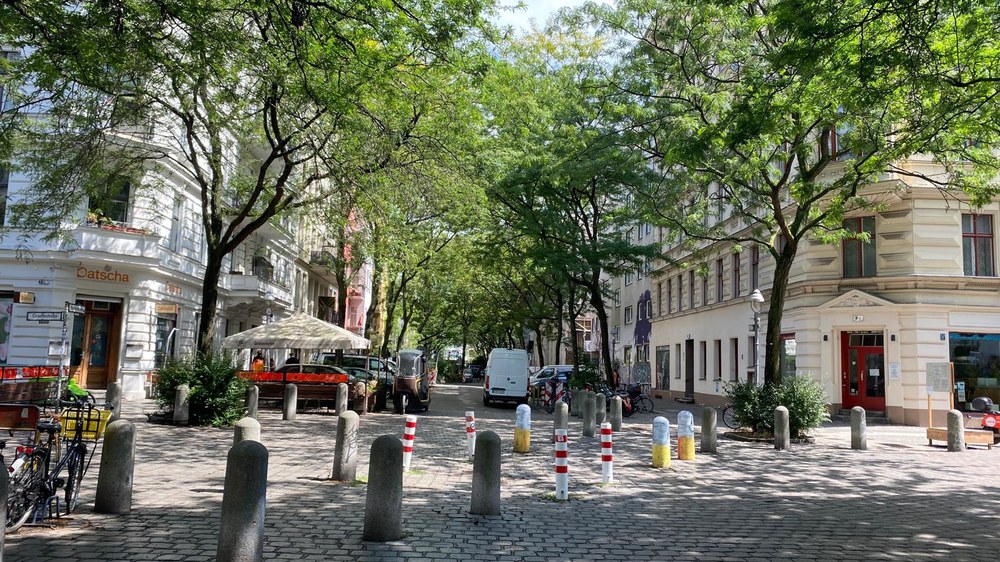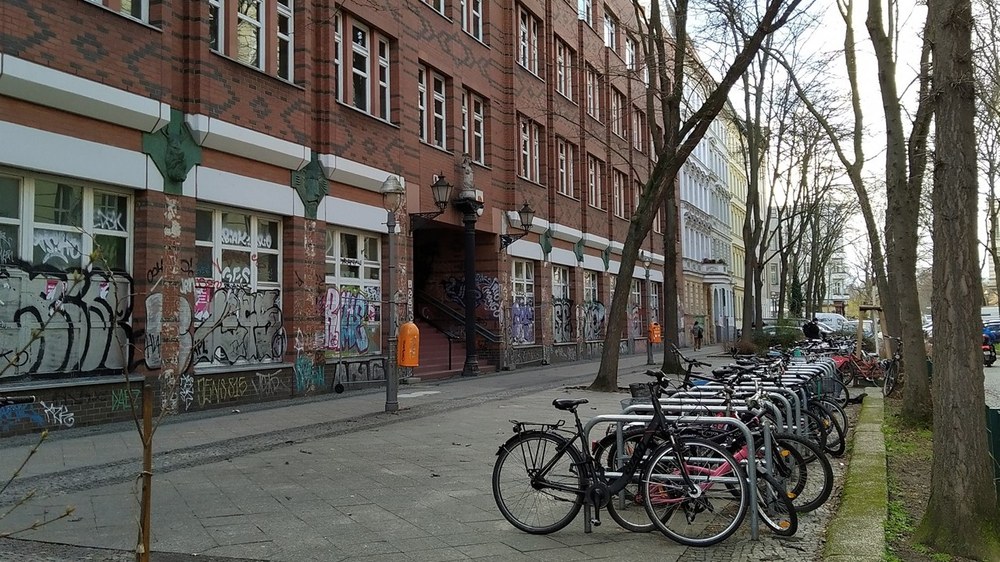SensorKids
The Project SensorKids - On Tour With Children As Co-Researchers
In the SensorKids project, elementary school children become co-researchers in mobility research and study the effects of traffic calming together with researchers. The project collaborates with various scientific institutions in the implemention of traffic calming measures like repurposing parking spaces in the Graefekiez area of Berlin, focusing on the mobility of elementary school children. The children are accompanying these traffic calming measures from the beginning. Using participatory research methods, the influence of traffic calming on school route mobility, transportation method usage by children/parents, and the children's appropriation of space is examined. Additionally, the subjective and objective effects of the traffic reconfiguration on traffic, noise, and air pollutants on the school route and school grounds are researched. Noise level measurements have taken place on several streets in the neighborhood to investigate changes in traffic noise. At the same time, simulation scenarios were created to study the impacts of the reconfiguration measures on traffic.

As part of the project, children are becoming co-researchers and, together with the cooperation partner senseBox, measure their own particulate matter exposure on the school grounds. They assess and evaluate the streetscape in front of the school using participatory methods and explore their mobility. The project not only examines the effects of traffic calming measures on mobility and the environment but also investigates the methodological and educational requirements for collaboration with children in the process of a traffic transformation, summarizing these in a guide.
An Overview of the Graefekiez

Sandra Iwasieczko, 2024
Although the Graefekiez has been considered a traffic-calmed area since the 1980s, it was not perceived as such for a long time. To reduce motorized traffic in the neighborhood and simultaneously enhance the quality of stay for residents and improve safety for pedestrians and cyclists, redesign measures took place in 2023 on Graefestraße as well as Böckhstraße. Parking spaces were extensively unsealed and greened. On some former parking spots, bicycle parking and Jelbi stations were established to provide access to mobility sharing services. Additionally, seating and resting areas, known as Kiez terraces, were created using parklets, which are also used by the adjacent daycare centers. Schoolchildren can be taught outdoors in a Green Classroom, which is also made from parklets. The new gathering places are complemented by flower beds that are maintained by the community. Currently, Böckhstraße is turned into a play street every Wednesday afternoon. The road is then closed to car traffic, allowing children, parents and residents to use the temporarily car-free street for meeting and playing together.
Collaboration and partnerships
The SensorKids project is closely collaborating with other institutions conducting research in the Graefekiez area. These include the WZB Berlin Social Science Center, which accompanies the participation process; inter3, which has conducted air quality measurements in the Graefekiez; and RIFS Potsdam, which has studied businesses in the Graefekiez and researched participation methods in the redesign of street spaces. The project operates within a research cooperation for transformative research and collaboratively reflects on the process of traffic transformation for science and practice with its cooperation partners.
You can find further information on proeject in the Graefekiez here: https://www.projekt-graefekiez.de/

